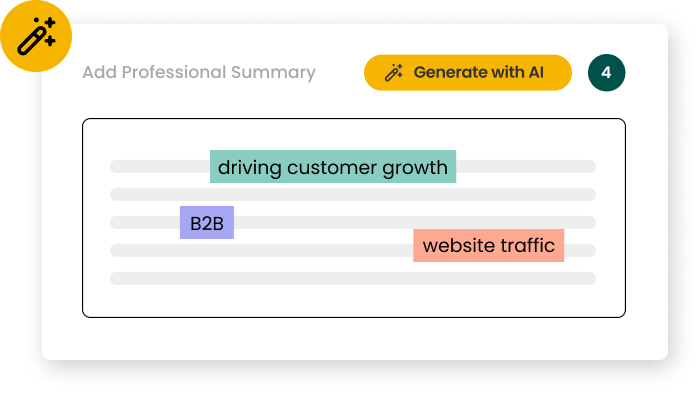How long should I make my Logistics Planner resume?
For a Logistics Planner resume, aim for one to two pages. This length allows you to showcase your relevant skills, experience, and achievements without overwhelming recruiters. Focus on the most recent and pertinent information, using concise bullet points to highlight key accomplishments. Tailor your content to the specific job requirements, emphasizing your expertise in supply chain management, inventory control, and transportation logistics.
A hybrid format works best for Logistics Planner resumes, combining chronological work history with a skills-based summary. This format highlights your relevant skills while providing a clear career progression. Include sections for summary, skills, work experience, education, and certifications. Use industry-specific keywords throughout, and incorporate data-driven results to demonstrate your impact. Ensure consistent formatting and use bullet points for easy readability.
What certifications should I include on my Logistics Planner resume?
Key certifications for Logistics Planners include Certified Supply Chain Professional (CSCP), Certified in Logistics, Transportation and Distribution (CLTD), and Project Management Professional (PMP). These certifications demonstrate your expertise in supply chain management, logistics operations, and project leadership. List certifications in a dedicated section, including the certification name, issuing organization, and date of acquisition. Highlight how these certifications have enhanced your professional capabilities in your summary or relevant job descriptions.
What are the most common mistakes to avoid on a Logistics Planner resume?
Common mistakes in Logistics Planner resumes include neglecting to quantify achievements, using generic language instead of industry-specific terms, and failing to highlight technology proficiency. Avoid these pitfalls by incorporating measurable results, using logistics-specific terminology, and showcasing your experience with relevant software and tools. Additionally, ensure your resume is tailored to each job application, aligning your skills and experiences with the specific requirements of the position.
